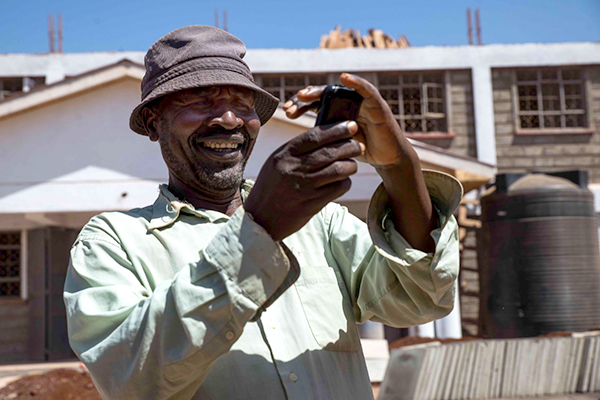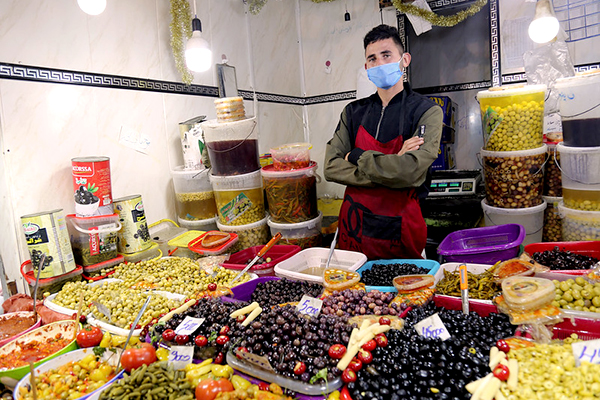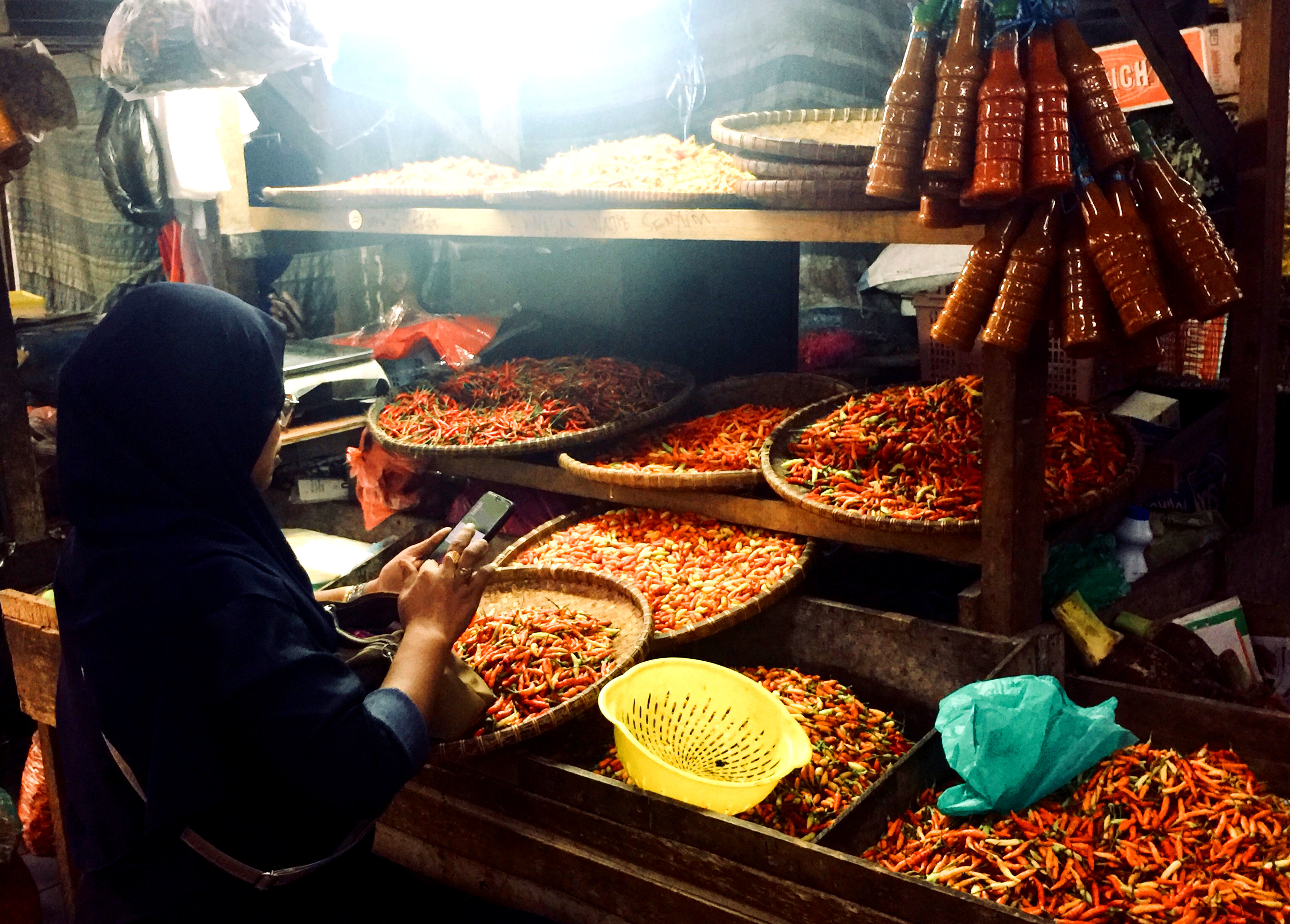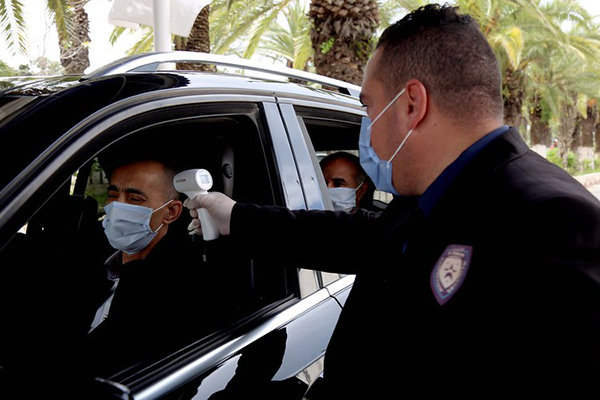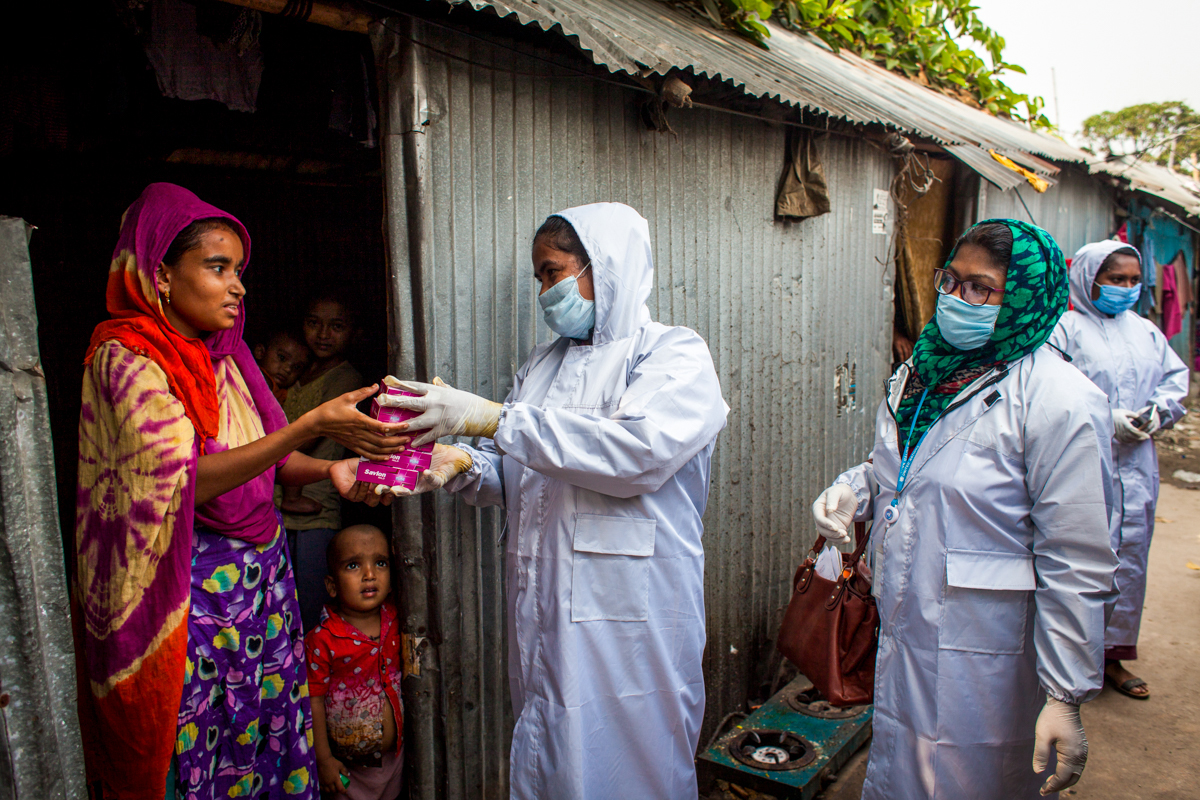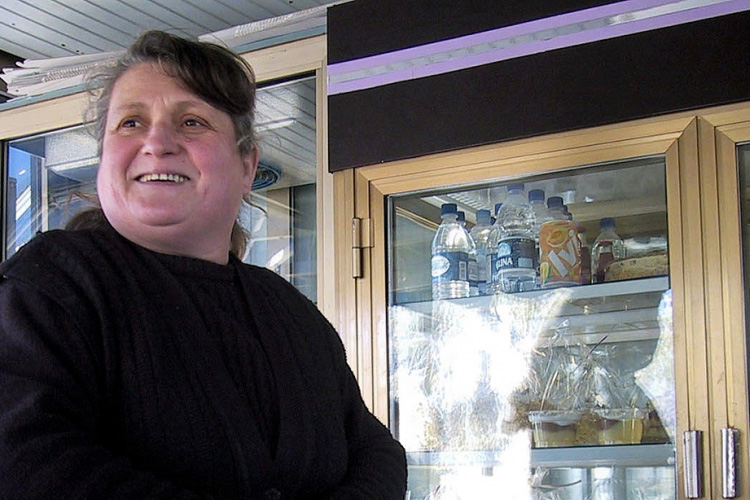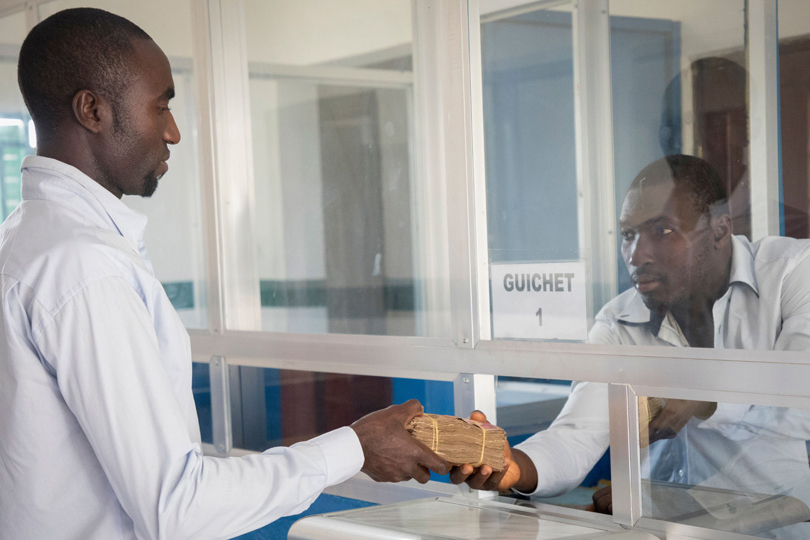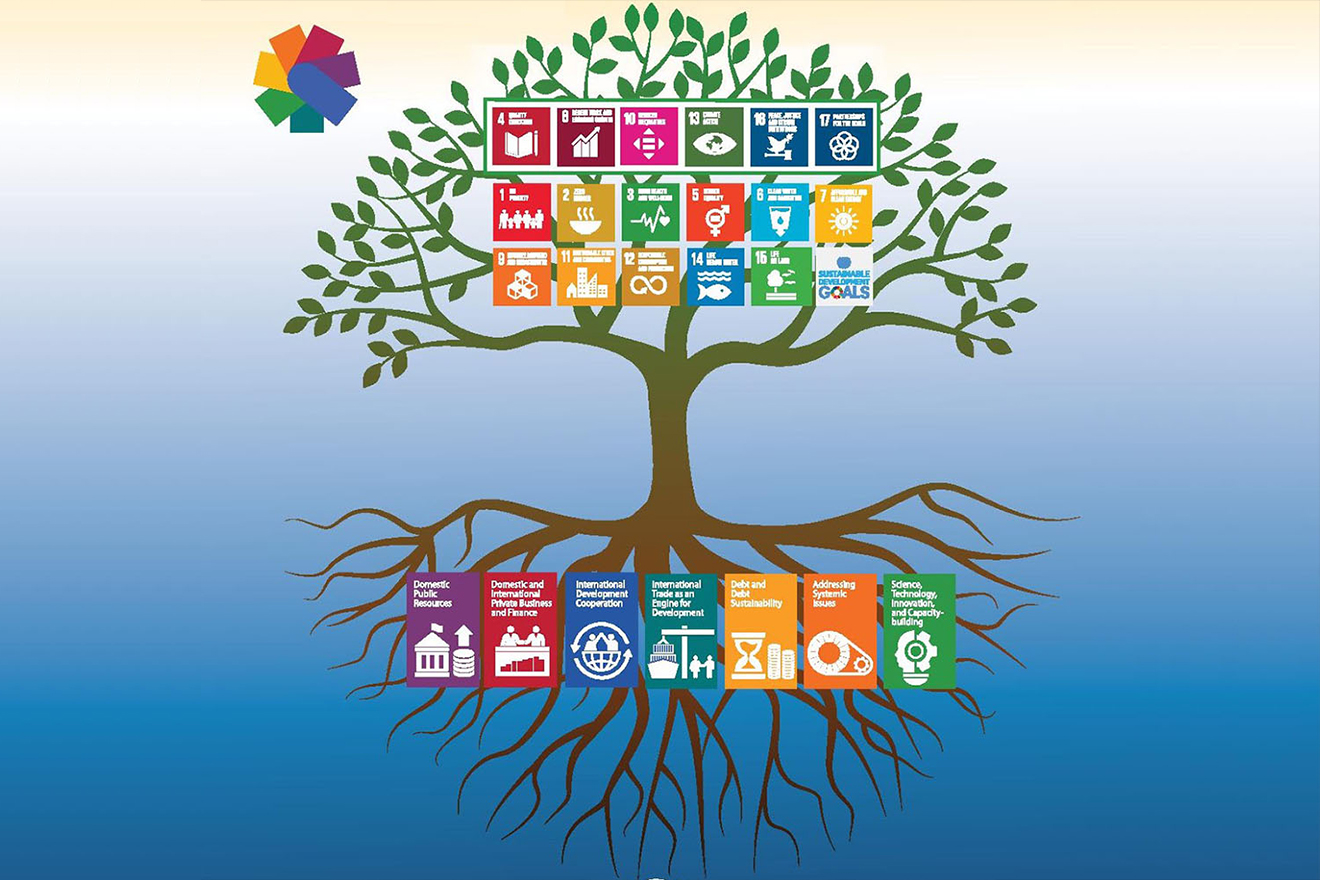UNDP reports on how digital finance can be harnessed in ways that empower citizens as taxpayers and investors to better align people’s money with their needs, collectively expressed by the Sustainable Development Goals (SDGs). While the pandemic demonstrates the immediate benefits of digital finance, the disruptive potential of digitalization in transforming finance is immense. Mobile payment technologies have transformed mobile phones into financial tools for more than a billion people.
Finance
The IMF reports the economic impact of the COVID-19 pandemic on emerging market economies as far exceeding that of the global financial crisis. Unlike previous crises, the response has been decisive as in advanced economies. Emerging market economies were buffeted by multiple shocks. Compounding the effects of containment measures has been a decline in external demand. Particularly hit are tourism-dependent countries due to a decline in travel and oil exporters as commodity prices plummeted.
The World Bank assigns the world’s economies to four income groups—low, lower-middle, upper-middle, and high-income countries. The classifications are updated each year on July 1 and are based on Gross National Income (GNI) per capita. In each country, factors such as economic growth, inflation, exchange rates, and population growth influence GNI per capita. To keep the income classification thresholds fixed in real terms, they are adjusted annually for inflation.
The COVID-19 pandemic could be a game changer for digital financial services. Low-income households and small firms can benefit greatly from advances in mobile money, fintech services, and online banking. This digital financial inclusion can also boost economic growth. While the pandemic is set to increase use of these services, the IMF points out it has also posed challenges for the growth of the industry’s smaller players and highlighted unequal access to digital infrastructure.
The coronavirus crisis is a crisis like no other, and for emerging market and developing economies, it has triggered a policy response like no other. This large group of countries have bolstered health services and extended unprecedented support to households, firms, and financial markets. While limited policy space has kept the response at a smaller magnitude than in advanced economies, some even managed to help other countries. The IMF’s Policy Tracker summarizes common threads to their COVID-19 responses.
This year, the International Day of Family Remittances will be observed under unprecedented conditions due to COVID-19. Millions of migrant workers are losing their jobs, and many remittance families are suddenly pushed below the poverty line. The UN Secretary-General called for global solidarity in responding to the coronavirus crisis stating “remittances are a lifeline in the developing world – especially now”. On 16 June, the United Nations recognizes the contribution of over 200 million migrants to improve the lives of their 800 million family members back home.
Empty streets, shuttered shops, overflowing hospitals. The entire world is at war with an invisible enemy – the novel coronavirus. While social distancing saves lives, it drags down the global economy and threatens jobs.
Unlike other economic downturns, the fall of output in the COVID-19 crisis is not driven by demand. The role of economic policy is hence not to stimulate demand, at least not right away. Rather, IMF proposes policy have three objectives: to guarantee the functioning of essential sectors, to provide enough resources for people hit by the crisis, and to prevent excessive economic disruption. The COVID-19 pandemic is a crisis like no other, calling for an increased role for the public sector.
The International Monetary Fund (IMF) is making available about $50 billion through its rapid-disbursing emergency financing facilities for low-income and emerging-market countries that could potentially seek support. Of this, $10 billion is available at zero interest for the poorest members through the Rapid Credit Facility. IMF Managing Director Kristalina Georgieva says the Fund is fully committed to supporting it member countries, particularly the most vulnerable.
The role of a debt manager is similar to that of a baker, who is asked to prepare a pie: he or she can choose to add sugar and fat to please the customer, or figure out the right mix of the ingredients to deliver a healthy, but still tasty pie.
The World Bank Group and the International Monetary Fund, can help emerging and low-income countries bolster potential growth, increase their resilience to shocks, boost domestic revenues, and continue building policy buffers, says a communiqué issued at the close of the institutions’ Annual Meetings in Washington.
Mohamed has translated a loan of GNF2 million (US$215) from a network of rural financial cooperatives supported by IFAD, into a farming business with six hired labourers.
Mobilizing sufficient financing remains a major challenge in realizing the 2030 Agenda, and investments that are critical to achieving the Sustainable Development Goals remain underfunded. The High-Level Dialogue on Financing for Development brings together leaders from government, business and the financial sector to help unlock the resources and partnerships needed and accelerate progress.

